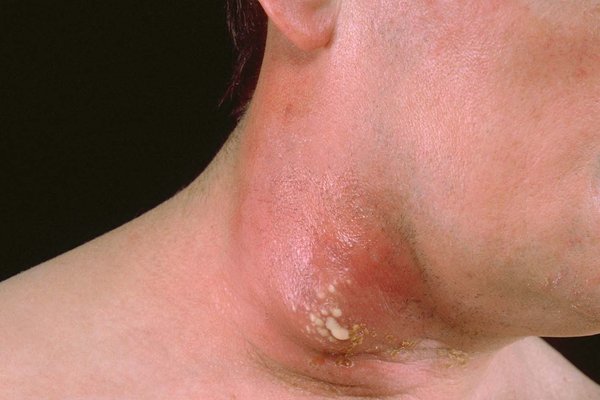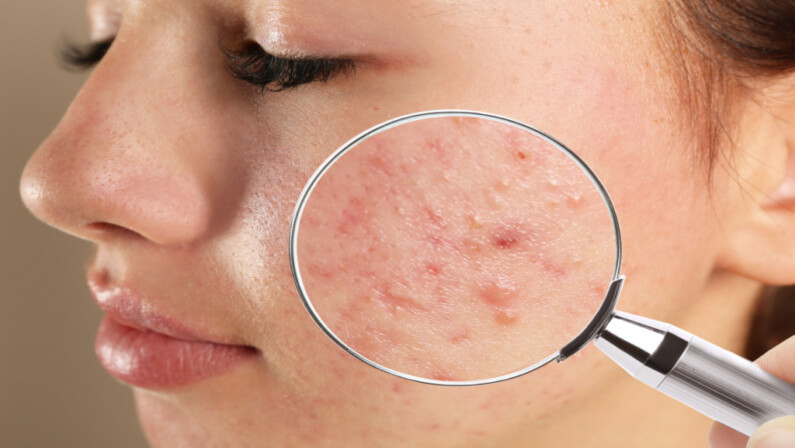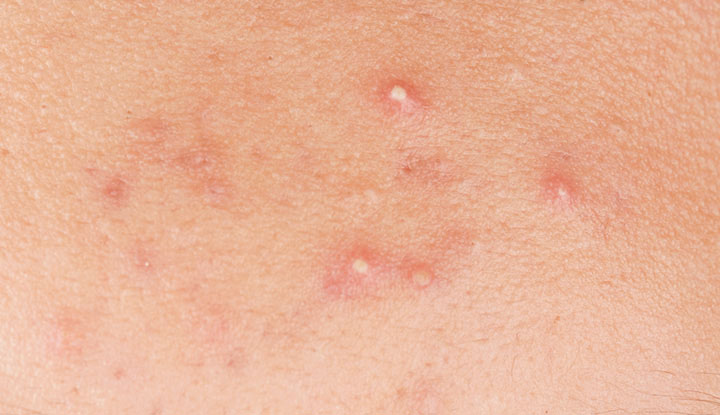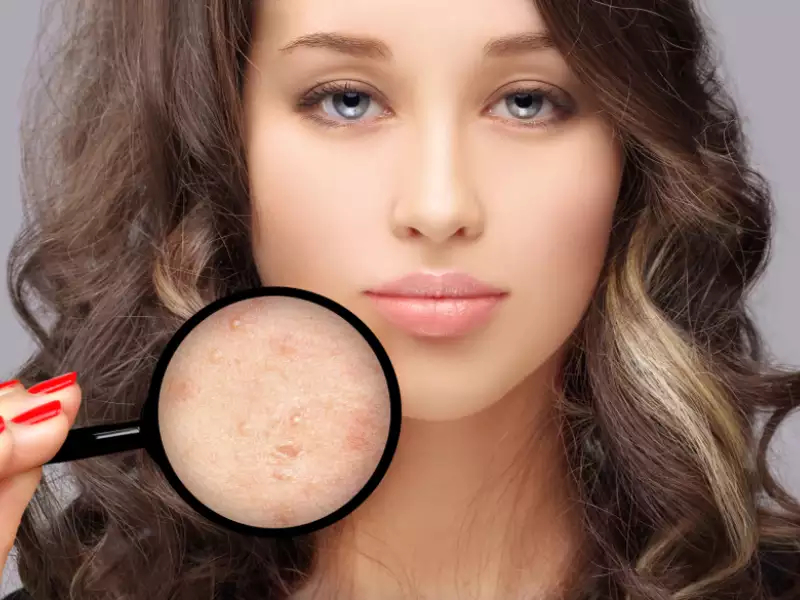Acne is a common skin condition that affects many people, but not all pimples are created equal. While some breakouts are harmless and can be treated with over-the-counter creams, others can be far more serious and even dangerous if improperly handled. Squeezing certain types of pimples can lead to scarring, infection, and long-term skin damage. In this article, we’ll discuss 5 dangerous pimples you should never squeeze, the potential risks involved, and how to treat them properly.
1. Cystic Acne: A Deep and Painful Threat
:max_bytes(150000):strip_icc()/CysticAcne-f66c9da8ff8f4ebc84e0999311cb9073.jpg)
Cystic acne is one of the most severe forms of acne. It occurs when the hair follicles become clogged with excess oil and dead skin cells, leading to an infection deep beneath the skin’s surface. These pimples appear as large, painful lumps that can be red or inflamed and often take a long time to heal. Cystic acne is typically found on the face, back, and shoulders.
Why It’s Dangerous:
Attempting to pop or squeeze a cystic pimple can force the infection deeper into the skin, increasing the risk of scarring and potentially spreading the bacteria to other areas. Squeezing cystic acne can also lead to severe, long-lasting scars that can be difficult to treat.
Prevention and Treatment:
The best way to treat cystic acne is to consult a dermatologist. They can recommend topical or oral medications, such as retinoids or antibiotics, to help reduce the severity of the breakouts. For severe cases, treatments like corticosteroid injections or light therapy may be necessary. Never attempt to squeeze cystic acne, as it can cause more harm than good.
2. Boils: A Painful and Potentially Dangerous Skin Infection

A boil, or furuncle, is a painful, pus-filled bump that forms under the skin when a hair follicle becomes infected. Boils are typically caused by the bacteria Staphylococcus aureus and can appear anywhere on the body, though they are most common in areas where the skin rubs together, such as the armpits, groin, or neck.
Why It’s Dangerous:
Squeezing a boil can force the infection deeper into the skin, potentially causing the infection to spread. It can also lead to more severe complications, such as an abscess, cellulitis (a skin infection), or even a bloodstream infection (sepsis), which can be life-threatening if left untreated.
Prevention and Treatment:
To treat a boil, apply warm compresses to the area to help it drain naturally. If the boil doesn’t heal on its own or if it’s particularly painful, it’s essential to seek medical attention. A doctor may drain the boil using sterile techniques and prescribe antibiotics if the infection has spread.
3. Whiteheads: A Risk of Further Infection
Whiteheads are small, round, and typically white or flesh-colored pimples that occur when the pores are clogged with excess oil, dead skin cells, and bacteria. Unlike blackheads, which are open to the air, whiteheads remain covered by a thin layer of skin. While they may look tempting to squeeze, it’s important to leave them alone.
Why It’s Dangerous:
When you attempt to pop a whitehead, the bacteria and oil can be pushed deeper into the skin, leading to a more severe infection. Squeezing also causes the surrounding skin to become irritated, which can lead to scarring. Moreover, popping a whitehead may cause it to become inflamed, turning it into a more painful pimple like a pustule or cyst.
Prevention and Treatment:
A proper skincare routine is the best way to prevent whiteheads. Use a gentle cleanser, avoid harsh scrubbing, and incorporate non-comedogenic moisturizers and treatments. Over-the-counter acne treatments containing benzoyl peroxide or salicylic acid can help clear whiteheads without the need to squeeze.
4. Pustules: Avoid Pushing the Infection Deeper

Pustules are inflamed pimples filled with pus and usually have a red base. They form when bacteria and dead skin cells clog the pores and trigger an immune response, leading to the formation of pus. Pustules are commonly found on the face, chest, and back.
Why It’s Dangerous:
Squeezing a pustule increases the risk of pushing the infection deeper into the skin, which can lead to more inflammation and a longer healing time. Additionally, popping a pustule can result in scarring, and the infection can spread to nearby areas, leading to even more breakouts.
Prevention and Treatment:
For pustules, the goal is to reduce inflammation and fight infection. Use topical acne treatments with benzoyl peroxide or salicylic acid, or consider products with sulfur, which can help dry out the pustules. If the condition persists or worsens, a dermatologist may prescribe oral antibiotics to help manage the infection.
5. Blind Pimples: Invisible But Dangerous
Blind pimples, also known as under-the-skin pimples, occur when a clogged pore becomes inflamed deep within the skin, creating a painful lump without an obvious surface. These pimples can be extremely painful and are often found on the chin, jawline, or forehead.
Why It’s Dangerous:
Attempting to squeeze a blind pimple can be extremely painful, and because the pimple is located deep beneath the skin, it’s unlikely that squeezing it will lead to any visible results. Pushing or prodding at the pimple can cause irritation, pushing the bacteria further into the skin, which can worsen the infection and cause scarring.
Prevention and Treatment:
Blind pimples are best treated with spot treatments that contain salicylic acid, benzoyl peroxide, or tea tree oil, which can help reduce inflammation and bacteria. In some cases, a dermatologist may recommend a cortisone injection to reduce swelling and pain. To prevent blind pimples, avoid picking at your skin and maintain a regular skincare routine.
Conclusion
While it can be tempting to squeeze pimples to get rid of them quickly, doing so can lead to severe consequences, including scarring, infection, and further breakouts. The five types of pimples listed above are particularly dangerous to squeeze. The best approach to treating acne is to leave the pimples alone, use proper skincare, and seek professional medical advice when necessary. By taking a gentle and mindful approach to your skincare routine, you can prevent future breakouts and keep your skin looking clear and healthy.
Remember, no matter how much you might want to pop that pimple, patience and proper treatment are key to preserving your skin’s health and avoiding long-term damage. Always consult with a dermatologist if you’re unsure about how to treat a specific type of pimple or if you’re dealing with persistent breakouts.


